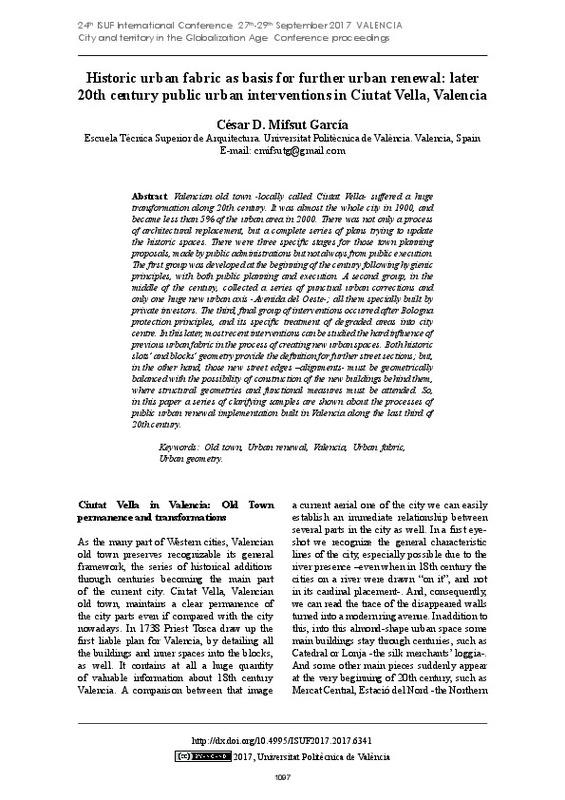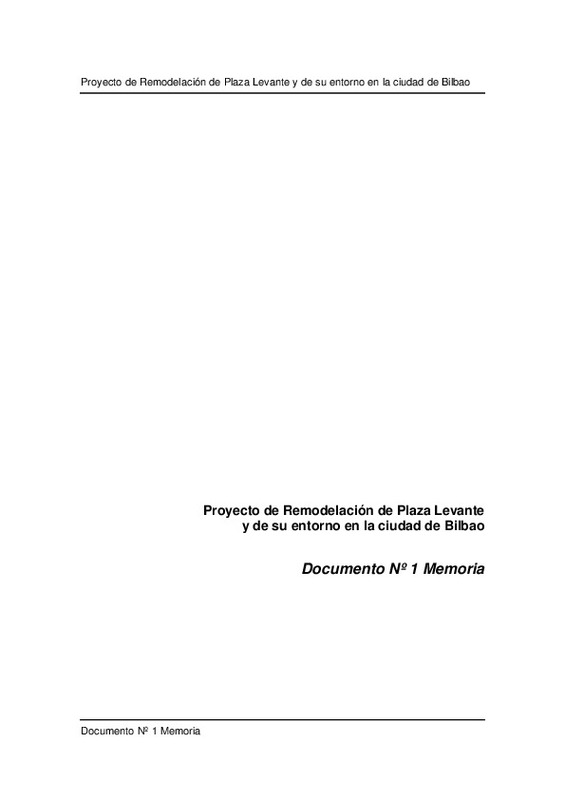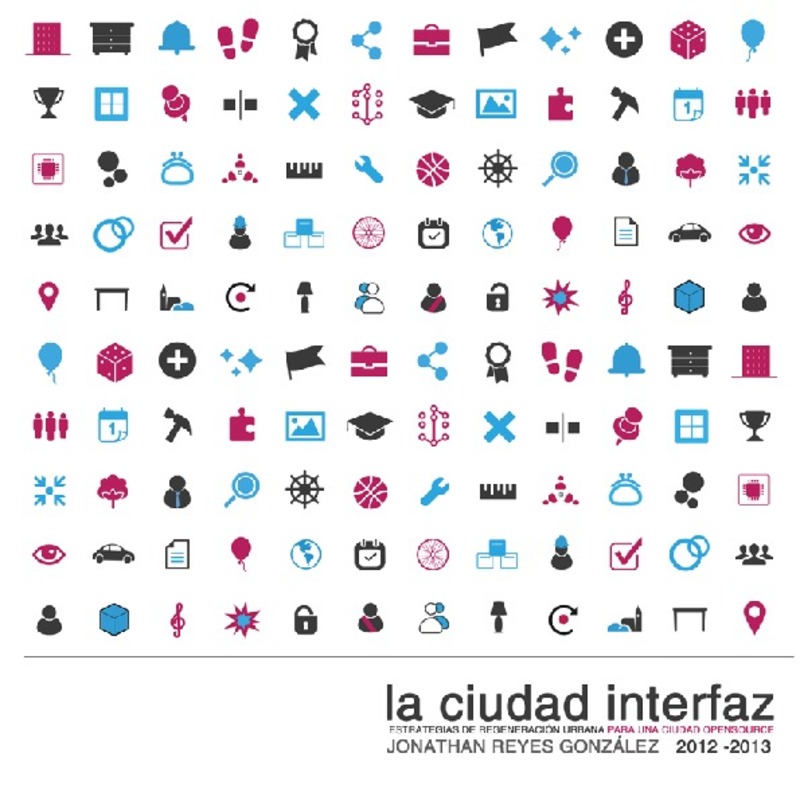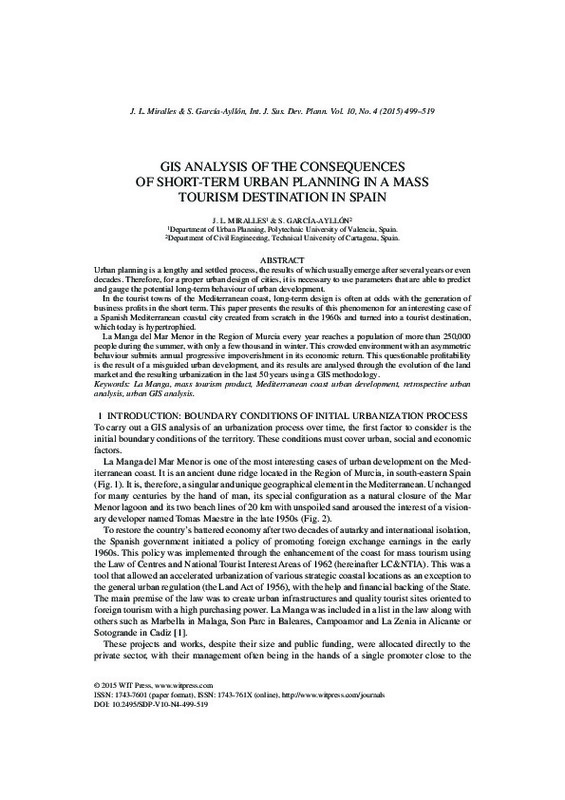JavaScript is disabled for your browser. Some features of this site may not work without it.
Buscar en RiuNet
Listar
Mi cuenta
Estadísticas
Ayuda RiuNet
Admin. UPV
Historic urban fabric as basis for further urban renewal: later 20th century public urban interventions in Ciutat Vella, Valencia
Mostrar el registro sencillo del ítem
Ficheros en el ítem
| dc.contributor.author | Mifsut García, César
|
es_ES |
| dc.coverage.spatial | east=-0.37718949999998586; north=39.47289320000001; name=Ciutat Vella, València, Valencia, Espanya | es_ES |
| dc.date.accessioned | 2018-12-18T07:52:23Z | |
| dc.date.available | 2018-12-18T07:52:23Z | |
| dc.date.issued | 2018-04-20 | |
| dc.identifier.isbn | 9788490485743 | |
| dc.identifier.uri | http://hdl.handle.net/10251/114032 | |
| dc.description.abstract | [EN] Valencian old town –locally called Ciutat Vella- suffered a huge transformation along 20th century. In was almost the whole city in 1900, and became less than 5% of the urban area in 2000. There was not only a process of architectural replacement, but a complete series of plans trying to update the historic spaces. There were three specific stages for those town planning proposals, made by public administrations but not always as public execution. The first group was developed at the beginning of the century following hygienic principles, with public both planning and execution. A second group, in the middle of that time, collected a series of punctual urban corrections and a huge new urban axis -Avenida del Oeste-; all these specially built by private investors. The third, final group of interventions occurred after Bologna protections principles, and the specific treatment of degraded areas into city centre. In this last, the most recent interventions can be studied the hard influence of previous urban fabric in the process of creating new urban spaces. Both historic slots’ and blocks’ geometry provide the definition for further street sections; but, in the other hand, those new street edges must be geometrically balanced with the possibility of construction of the new buildings behind them: structural geometries and functional measures must be attended. So, in this paper a series of clarifying samples are shown about the processes of public urban renewal implementation built in Valencia along the last third of 20th century. | es_ES |
| dc.format.extent | 8 | es_ES |
| dc.language | Inglés | es_ES |
| dc.publisher | Editorial Universitat Politècnica de València | es_ES |
| dc.relation.ispartof | 24th ISUF International Conference. Book of Papers | es_ES |
| dc.rights | Reconocimiento - No comercial - Sin obra derivada (by-nc-nd) | es_ES |
| dc.subject | Old town | es_ES |
| dc.subject | Urban renewal | es_ES |
| dc.subject | Valencia | es_ES |
| dc.subject | Urban fabric | es_ES |
| dc.subject | Urban geometry | es_ES |
| dc.title | Historic urban fabric as basis for further urban renewal: later 20th century public urban interventions in Ciutat Vella, Valencia | es_ES |
| dc.type | Capítulo de libro | es_ES |
| dc.type | Comunicación en congreso | es_ES |
| dc.identifier.doi | 10.4995/ISUF2017.2017.6341 | |
| dc.rights.accessRights | Abierto | es_ES |
| dc.description.bibliographicCitation | Mifsut García, C. (2018). Historic urban fabric as basis for further urban renewal: later 20th century public urban interventions in Ciutat Vella, Valencia. En 24th ISUF International Conference. Book of Papers. Editorial Universitat Politècnica de València. 1097-1104. https://doi.org/10.4995/ISUF2017.2017.6341 | es_ES |
| dc.description.accrualMethod | OCS | es_ES |
| dc.relation.conferencename | 24th ISUF 2017 - City and Territory in the Globalization Age | es_ES |
| dc.relation.conferencedate | Septiembre 27-29,2017 | es_ES |
| dc.relation.conferenceplace | Valencia, Spain | es_ES |
| dc.relation.publisherversion | http://ocs.editorial.upv.es/index.php/ISUF/ISUF2017/paper/view/6341 | es_ES |
| dc.description.upvformatpinicio | 1097 | es_ES |
| dc.description.upvformatpfin | 1104 | es_ES |
| dc.type.version | info:eu-repo/semantics/publishedVersion | es_ES |
| dc.relation.pasarela | OCS\6341 | es_ES |











